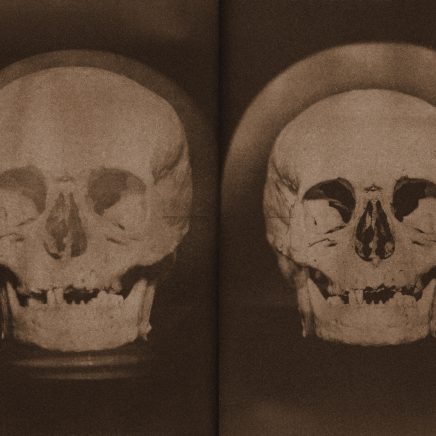
Magdalena Wysocka & Claudio Pogo And Then There Was the Night
And then there was the night—archives from the edge of hell—chimerical dissonance—six cloven hoof Satyrs. Bachanalian. Excremental. Grain, dissolve. Pushing the sword of Damocles in until the hilt fractures on the bone of the pubic mound. A horsehair away from piercing the veil. Scrutinize, Labotomize. Forever roam. Necessarily hexed, vexed, encouraged by nebulous worlds […]










